 Goodwill of Central Arizona will help more than 23,000 people find employment this year through its workforce development programs.
Goodwill of Central Arizona will help more than 23,000 people find employment this year through its workforce development programs.
Goodwill relies on your donations for the inventory it sells through more than 60 local thrift stores. Proceeds from your donations fuel the job training in their career centers that help Arizonans find jobs.
Unfortunately, the recession has reduced the amount of donations coming in. Worse, out-of-state, for-profit thrift operators have placed thousands of collection bins around the Valley. They are formidable competitors for your stuff as you bump into them on street corners and in parking lots. Goodwill relies on its donors to go the extra mile to drop items at its stores or at one of 9 donation centers.
To regain mindshare for your donations, we created a 30-second TV PSA that encouraged a culture of giving locally over the convenience of just tossing your items in a collection bin destined for Florida. We wanted people to feel that it’s worth the extra effort to ensure your once cherished item finds a new home and will actually help someone. We used the Story Cycle to help shape this important message.
The Story Cycle is a proven 10-step process to create persuasive stories. It’s not a formula, but a form to help guide the structure of your narrative while providing the freedom to be creative.
The Story Cycle is a hybrid of mythologist Joseph Campbell’s Hero’s Journey, or monomyth. Campbell identified a pattern to all epic stories that has been used since the beginning of mankind. Campbell’s 17-step Hero’s Journey resonates with us even if we don’t consciously recognize it because it mirrors how we experience life.
The 10 steps of the Story Cycle are: Backstory, Hero, Stakes, Tension, Antagonists, Mentor, Journey, Success, Moral, and Ritual. Here’s how the cycle girdered our “Teddy Bear” spot for Goodwill.
Step 1: Backstory – Where in the world have you been?
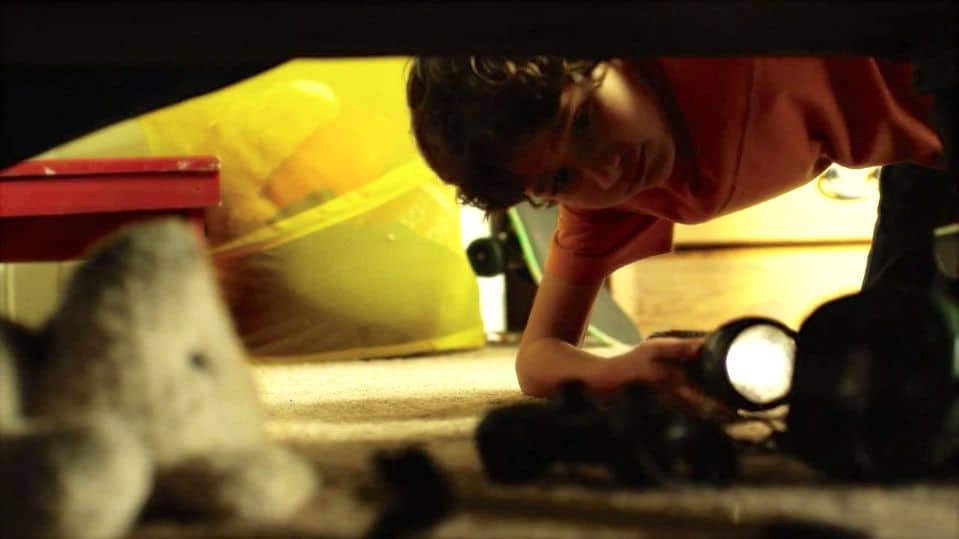 We open on a boy in his room freeing his beloved teddy bear, which he has outgrown, from the dark recesses beneath his bead. (Doesn’t this conjure up all kinds of disgusting stuff you remember under your bed?)
We open on a boy in his room freeing his beloved teddy bear, which he has outgrown, from the dark recesses beneath his bead. (Doesn’t this conjure up all kinds of disgusting stuff you remember under your bed?)
Step 2: Who’s Your Hero? – Introduce the protagonist.
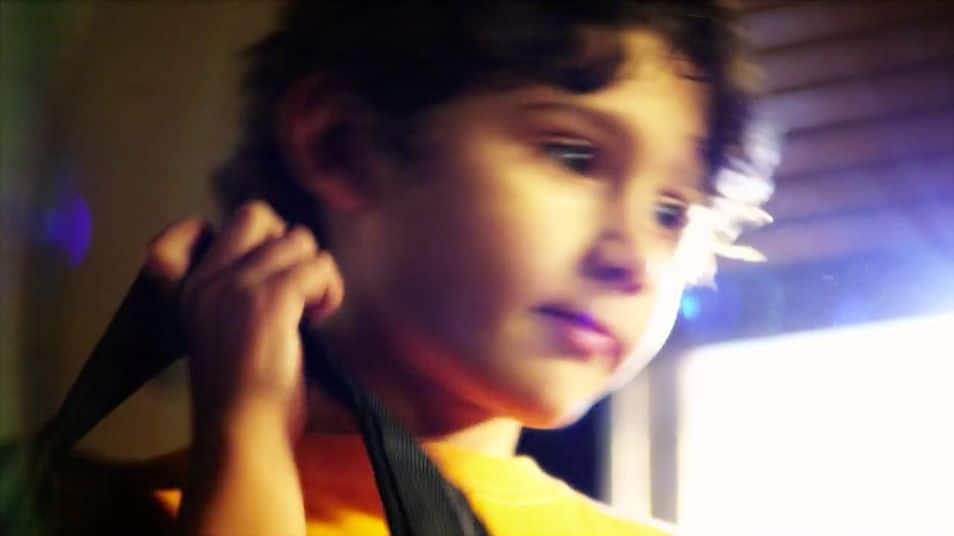 We meet our hero as he is preparing his teddy for a grand adventure. The viewer can identify with this young man, because we’ve all experienced the right of passage of outgrowing things we’ve cherished, and this special bond requires us to do more than just cast this relationship aside.
We meet our hero as he is preparing his teddy for a grand adventure. The viewer can identify with this young man, because we’ve all experienced the right of passage of outgrowing things we’ve cherished, and this special bond requires us to do more than just cast this relationship aside.
Step 3: What’s at Stake? – What does our hero want?
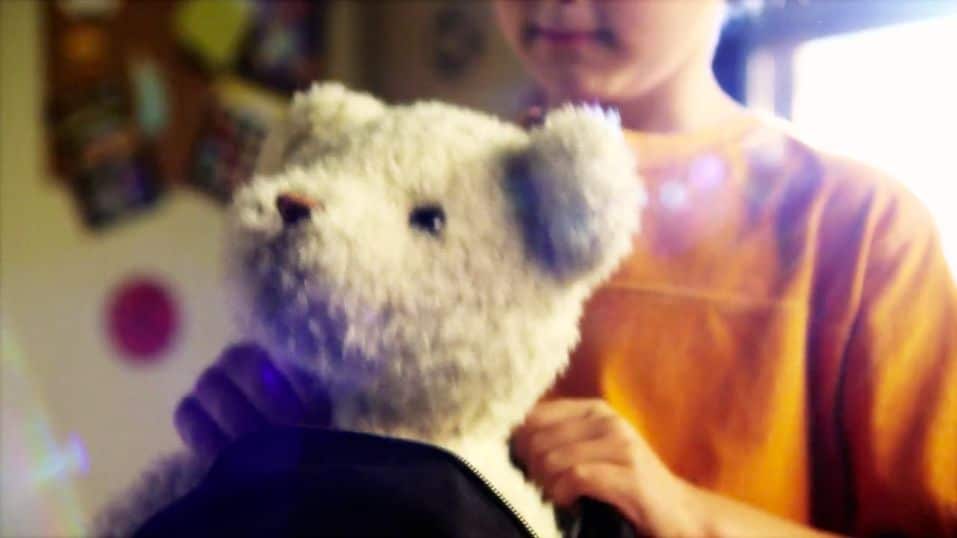 Our hero wants a new life for his old friend, and the stakes are high enough in his quest that he is willing to leave the comfort and safety of his own home to realize it. These are very basal emotions we all experience, and they are at the heart of all epic quest adventures.
Our hero wants a new life for his old friend, and the stakes are high enough in his quest that he is willing to leave the comfort and safety of his own home to realize it. These are very basal emotions we all experience, and they are at the heart of all epic quest adventures.
Step 4: The Call to Adventure – The event that propels our story forward.
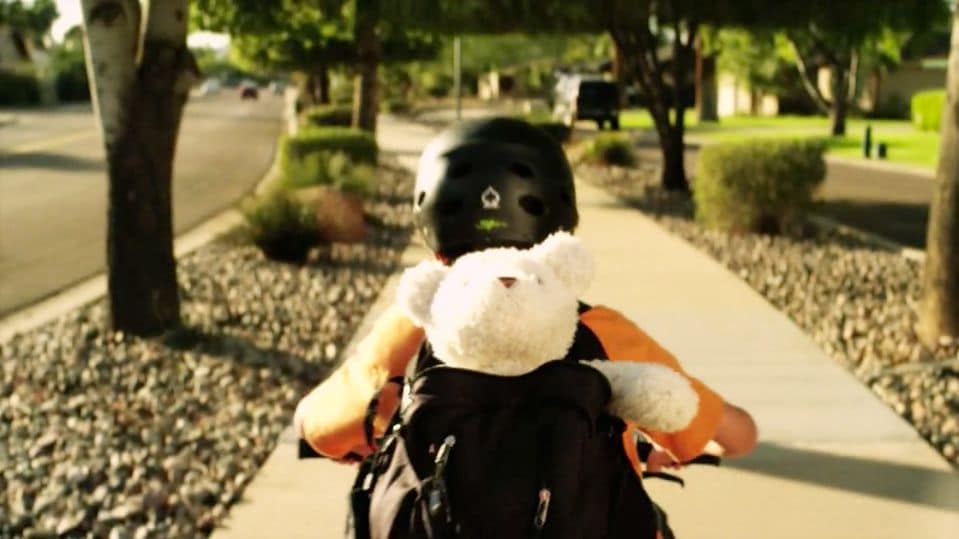 All great stories, even ones that happen in 30 seconds, have what screenwriting coach Robert McKee calls an inciting incident. This is when our hero’s world is turned upside down and he or she is launched into a new world. In this case, the courageous boy has left the safety of his home and has taken to the open streets of Phoenix to fulfill his quest. This is the catalyst that moves us from Act I, or in Campbell’s terms, the “Separation” stage – into Act II, which he called the “Initiation.”
All great stories, even ones that happen in 30 seconds, have what screenwriting coach Robert McKee calls an inciting incident. This is when our hero’s world is turned upside down and he or she is launched into a new world. In this case, the courageous boy has left the safety of his home and has taken to the open streets of Phoenix to fulfill his quest. This is the catalyst that moves us from Act I, or in Campbell’s terms, the “Separation” stage – into Act II, which he called the “Initiation.”
Step 5: Fogs, Villains and Crevasses – The obstacles and antagonists that must be overcome.
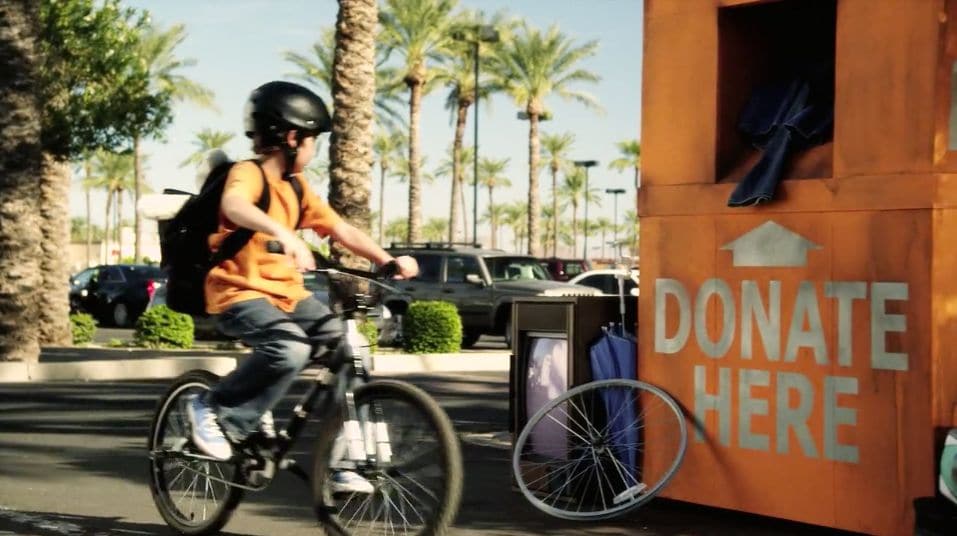 During his trip to Goodwill, our hero is tempted by other easier options to discard his teddy. He rides past a garbage can with a similar bear peeking out. He is confronted by a large orange donation bin littered with castoffs. These outward obstacles trigger internal antagonists that we battle every day, including laziness, indifference and fear. But he is willing to go that extra mile. He values the item whose time has come, and he wants to make sure it finds a worthy new home.
During his trip to Goodwill, our hero is tempted by other easier options to discard his teddy. He rides past a garbage can with a similar bear peeking out. He is confronted by a large orange donation bin littered with castoffs. These outward obstacles trigger internal antagonists that we battle every day, including laziness, indifference and fear. But he is willing to go that extra mile. He values the item whose time has come, and he wants to make sure it finds a worthy new home.
Step 6: Enter the Mentor – Who helps our hero in his journey?
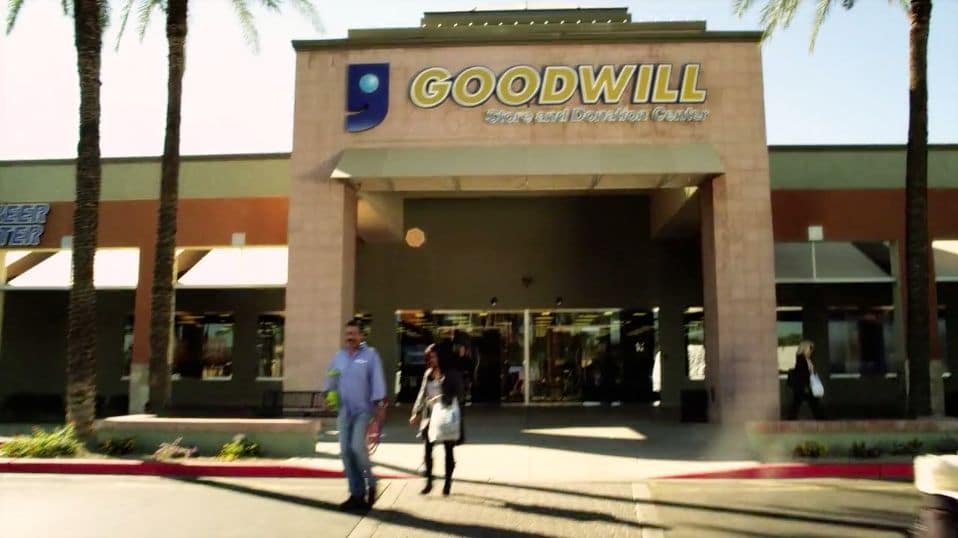 We all need a sidekick or mentor to help us succeed in our journeys. Goodwill is both the destination and the mentor to our heroic boy, and in turn is there for all of us. Goodwill gives us a place to repurpose and recycle our items. It provides affordable items and amazing treasures through its thrift operations. And Goodwill helps tens of thousands of Arizonans with the barrier to employment find jobs. Like Obi Wan Kenobi to Luke Skywalker, Goodwill provides the force to make our lives better.
We all need a sidekick or mentor to help us succeed in our journeys. Goodwill is both the destination and the mentor to our heroic boy, and in turn is there for all of us. Goodwill gives us a place to repurpose and recycle our items. It provides affordable items and amazing treasures through its thrift operations. And Goodwill helps tens of thousands of Arizonans with the barrier to employment find jobs. Like Obi Wan Kenobi to Luke Skywalker, Goodwill provides the force to make our lives better.
Step 7: The Road of Trials: – The journey.
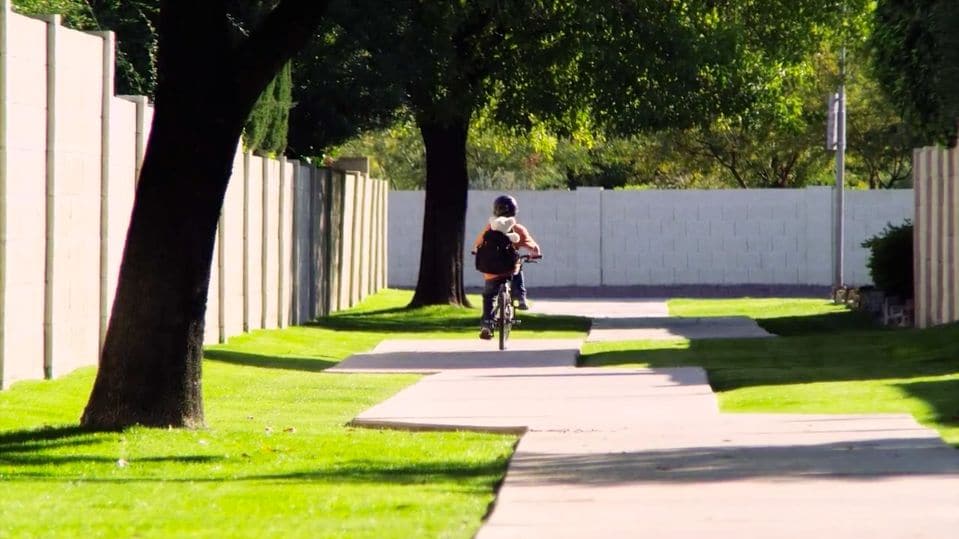 By now you have ridden side-by-side with our young protagonist on his quest to donate his teddy. We used imagery like this crooked sidewalk, dirty garbage cans, and cluttered donation bins to express the conflict in his journey. We all experience unexpected conflicts along the paths to our greatest achievements. It’s a natural part of life and authentic to this story. Without conflict, you have no story.
By now you have ridden side-by-side with our young protagonist on his quest to donate his teddy. We used imagery like this crooked sidewalk, dirty garbage cans, and cluttered donation bins to express the conflict in his journey. We all experience unexpected conflicts along the paths to our greatest achievements. It’s a natural part of life and authentic to this story. Without conflict, you have no story.
Step 8: Victory is at Hand! – Celebrating success.
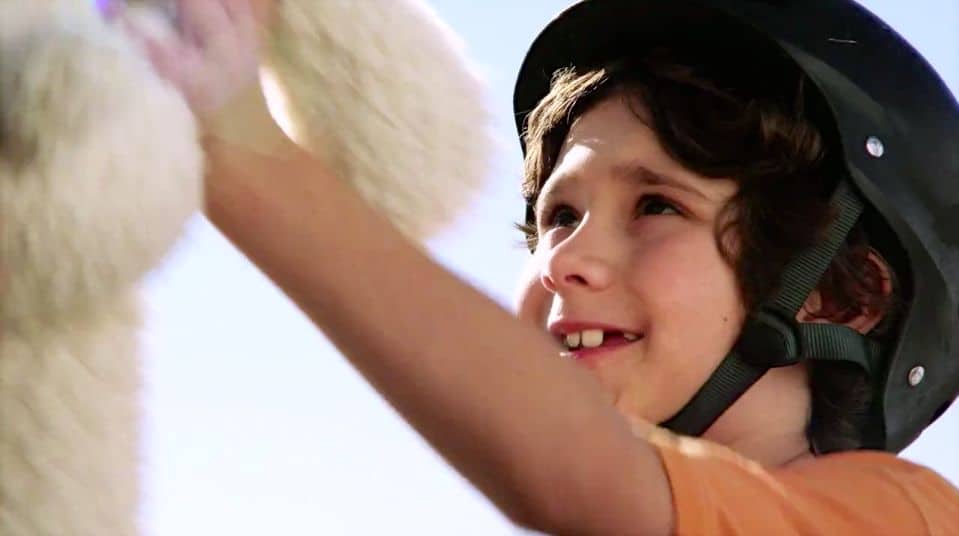 Our hero has arrived and happily delivers his teddy bear to its new, albeit temporary, home where it can begin a new life with a loving youngster. This success, following oftentimes great conflict and struggle, marks the beginning of Act III, or what Campbell called the “Return.” This is when our hero begins his return home with “the boon,” which typically means greater internal strength and power that he has developed by overcoming the road of trials. All great brands help their customers become metaphorically bigger, faster, stronger. Goodwill helps us become better citizens of our planet by keeping millions of tons of items out of landfills. Its low prices help us become better stewards of our finances. And by virtue of donating and shopping at Goodwill, we become more powerful neighbors helping people find employment.
Our hero has arrived and happily delivers his teddy bear to its new, albeit temporary, home where it can begin a new life with a loving youngster. This success, following oftentimes great conflict and struggle, marks the beginning of Act III, or what Campbell called the “Return.” This is when our hero begins his return home with “the boon,” which typically means greater internal strength and power that he has developed by overcoming the road of trials. All great brands help their customers become metaphorically bigger, faster, stronger. Goodwill helps us become better citizens of our planet by keeping millions of tons of items out of landfills. Its low prices help us become better stewards of our finances. And by virtue of donating and shopping at Goodwill, we become more powerful neighbors helping people find employment.
Step 9: The Moral – Shared values
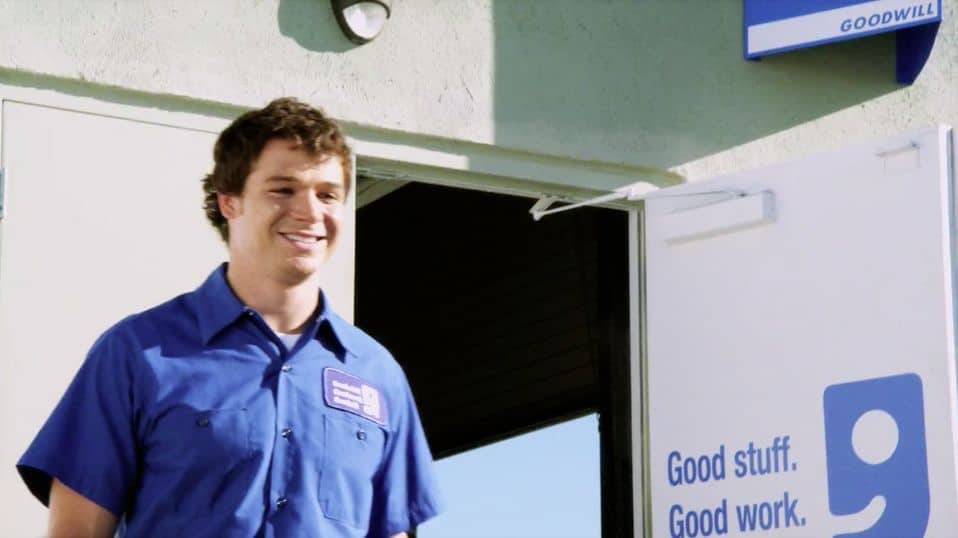 Each story we hear is a small lesson on life. They help our minds knit together meaning of the chaos that surrounds us. At the core of all great stories is a moral, which anchors the fundamental truism found in the narrative. The moral of this story is to go the extra mile to do the right thing. The moral of the story underscores the shared values between the organization and its customers to create the ultimate brand bond.
Each story we hear is a small lesson on life. They help our minds knit together meaning of the chaos that surrounds us. At the core of all great stories is a moral, which anchors the fundamental truism found in the narrative. The moral of this story is to go the extra mile to do the right thing. The moral of the story underscores the shared values between the organization and its customers to create the ultimate brand bond.
Step 10: The Sequel – Building brand rituals.
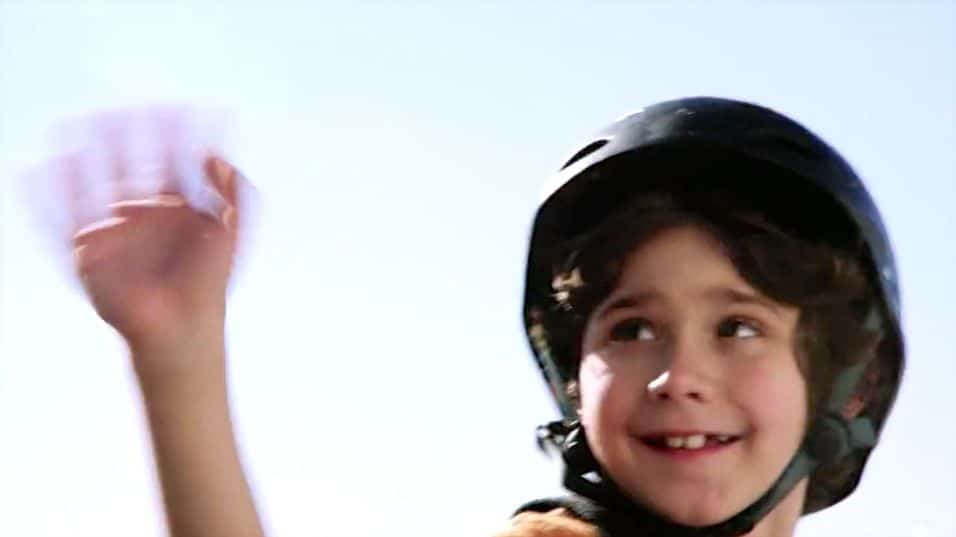
The object of all great brand stories is to entertain and enlighten the audience and to create a ritual around the use of the product or service. Of course, it is imperative that the organization live up to its storytelling through its operations and customer service. The brand experience must be even more compelling than the stories it tells. So the next time you’re uncluttering your closet, cleaning out a room, or giving away a once cherished item, we hope you will first think of Goodwill as a great home for your unused stuff.
Now that you know what to look for, here’s the spot and watch the Story Cycle unfold before your very eyes.
Goodwill – Donations “Teddybear” :30 TV from Park&Co on Vimeo.
We have a second story in this series called “Empty Nesters.” Can you identify the 10 steps of the Story Cycle?
Goodwill – Donations “Unicorn” :30 TV from Park&Co on Vimeo.
We have found that being intentional about story structure and using the Story Cycle to help guide our strategy and creative, that we can tap into human nature by following the organic patterns of how life unfolds. Campbell identified and mapped this phenomenon with his Hero’s Journey. Our Story Cycle is a simplified version that can help all brands realize their true potential.
What’s your story?



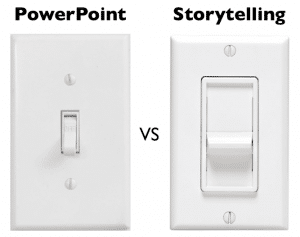

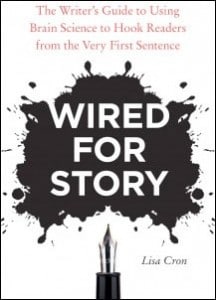






at 5:07 pm
[…] a filter for how we design the proper website user experience. It appeared again. You can see it in this spot we did for Goodwill of Central Arizona. Or in this Audi spot from last year’s Super Bowl. We […]